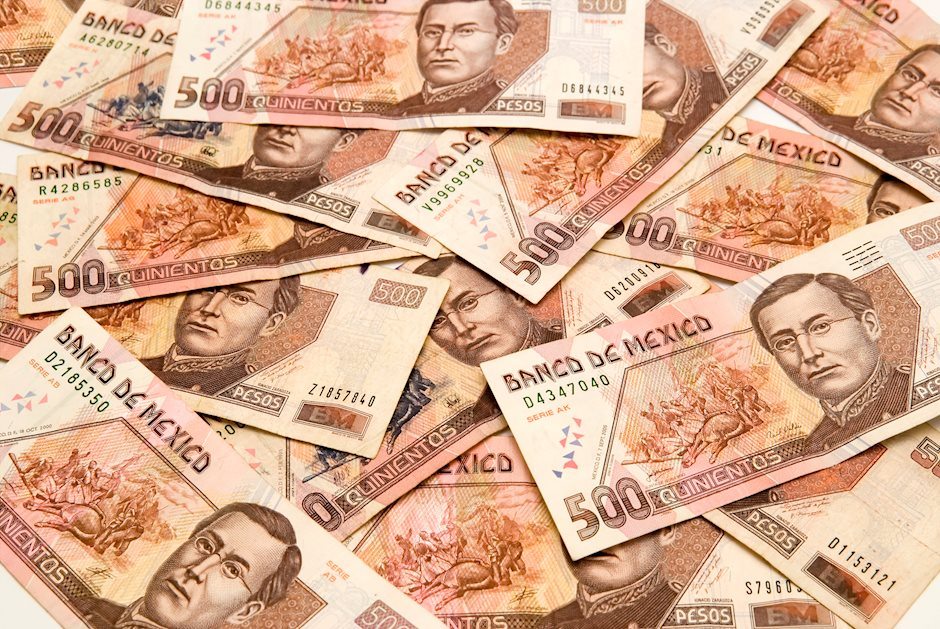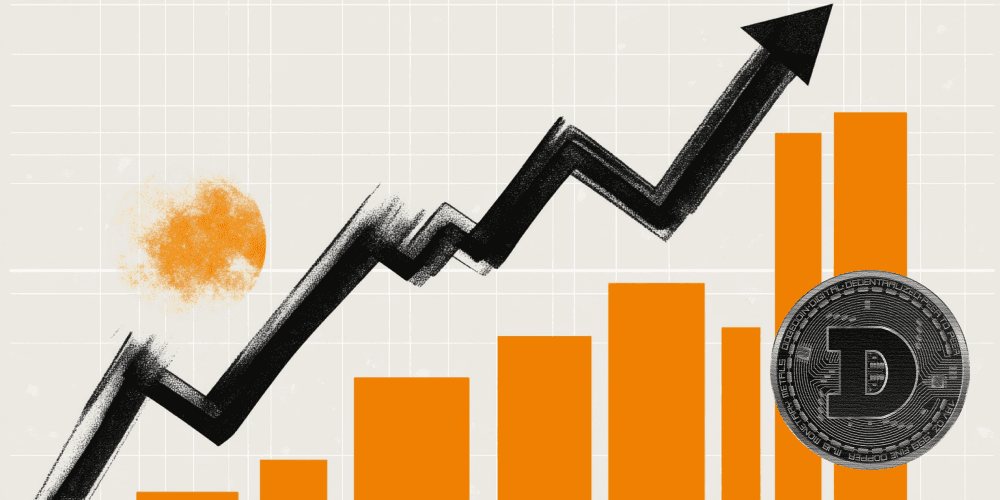Mexican Peso ends Monday lower, pressured by firm US Dollar
- Mexican Peso dives as Dollar Index hits four-month high, fueled by Trump policy expectations.
- Banxico likely to cut rates by 25 bps, with core inflation nearing target, adding pressure on Peso.
- Mexico’s Consumer Confidence improves, while Banxico decision and US inflation data to shape USD/MXN trend.

The Mexican Peso depreciates at the beginning of the week against the US Dollar as the latter refreshes four-month highs, according to the US Dollar Index (DXY). Investor angst concerning a second Trump presidency and protectionists policies underpins the American currency, which is set to rise further. The USD/MXN trades at 20.33, gaining over 0.88%, as Monday’s session ends.
Risk appetite remains strong with Wall Street posting solid gains, which usually underpins risk-sensitive currencies like the Peso. Nevertheless, rumors of Robert Lighthizer’s appointment to lead US trade policy sparked fears among investors. Lighthizer was a major supporter of Trump’s Chinese tariffs during his first term.
Consequently, the DXY, which tracks the performance of the American currency against another six, has risen by 0.54% to 105.51.
In the meantime, Mexico’s economic docket revealed that Consumer Confidence in October improved. At the same time, Industrial Production figures were mixed ahead of the Bank of Mexico (Banxico) monetary policy decision.
Banxico is projected to lower borrowing costs by 25 basis points following last week’s inflation data, which witnessed core inflation dipping from 3.91% to 3.80% YoY, closing in on the 3% goal.
Earlier, Mexican President Claudia Sheinbaum said that she would renew an agreement with food producers and retailers to keep prices of basic groceries affordable for consumers, according to Reuters.
Ahead this week, Mexico’s schedule will feature the Banxico policy decision. On the US front, Fed speakers, inflation on the consumer and producer sides and Retail Sales will dictate the US Dollar’s path moving forward.
Daily digest market movers: Mexican Peso collapses amid risk-on sentiment
- October’s Consumer Confidence in Mexico improved from 47.4 to 49.4.
- Industrial Production for September increased by 0.6% MoM vs. -0.5% contraction in August. In the 12 months to September, it shrank by -0.4%, the same as the previous month.
- On November 7, Mexico’s Economy Secretary, Marcelo Ebrard, commented that most of Mexico’s imports from China are made by around 50 companies and most of them are American. “Putting a tariff on those imports will only put those companies in danger, starting with the automotive industry,” Ebrard said.
- Minneapolis Fed President Neel Kashkari said, “We want to have confidence that inflation is going to go all the way back down to our 2% target.” He added that if growth and productivity remain strong, the Fed may not cut as much.
- Data from the Chicago Board of Trade, via the December fed funds rate futures contract, shows investors estimate 24 bps of Fed easing by the end of 2024.
USD/MXN technical outlook: Mexican Peso tumbles again as USD/MXN rises above 20.00
The USD/MXN uptrend remains in place, though buyers might encounter some stir resistance ahead. Despite hitting a daily peak of 20.57, bulls failed to challenge the year-to-date (YTD) high at 20.80. Once cleared, the next stop would be 20.82, followed by the 21.00 mark, ahead of March 8, 2022, peak at 21.46.
Conversely, sellers must regain the 20.00 figure, if they would like to challenge the 50-day Simple Moving Average (SMA) at 19.70. On additional weakness, the USD/MXN next support would be the psychological figure at 19.50, followed by the October 14 low of 19.23.
Mexican Peso FAQs
The Mexican Peso (MXN) is the most traded currency among its Latin American peers. Its value is broadly determined by the performance of the Mexican economy, the country’s central bank’s policy, the amount of foreign investment in the country and even the levels of remittances sent by Mexicans who live abroad, particularly in the United States. Geopolitical trends can also move MXN: for example, the process of nearshoring – or the decision by some firms to relocate manufacturing capacity and supply chains closer to their home countries – is also seen as a catalyst for the Mexican currency as the country is considered a key manufacturing hub in the American continent. Another catalyst for MXN is Oil prices as Mexico is a key exporter of the commodity.
The main objective of Mexico’s central bank, also known as Banxico, is to maintain inflation at low and stable levels (at or close to its target of 3%, the midpoint in a tolerance band of between 2% and 4%). To this end, the bank sets an appropriate level of interest rates. When inflation is too high, Banxico will attempt to tame it by raising interest rates, making it more expensive for households and businesses to borrow money, thus cooling demand and the overall economy. Higher interest rates are generally positive for the Mexican Peso (MXN) as they lead to higher yields, making the country a more attractive place for investors. On the contrary, lower interest rates tend to weaken MXN.
Macroeconomic data releases are key to assess the state of the economy and can have an impact on the Mexican Peso (MXN) valuation. A strong Mexican economy, based on high economic growth, low unemployment and high confidence is good for MXN. Not only does it attract more foreign investment but it may encourage the Bank of Mexico (Banxico) to increase interest rates, particularly if this strength comes together with elevated inflation. However, if economic data is weak, MXN is likely to depreciate.
As an emerging-market currency, the Mexican Peso (MXN) tends to strive during risk-on periods, or when investors perceive that broader market risks are low and thus are eager to engage with investments that carry a higher risk. Conversely, MXN tends to weaken at times of market turbulence or economic uncertainty as investors tend to sell higher-risk assets and flee to the more-stable safe havens.
Author

Christian Borjon Valencia
FXStreet
Christian Borjon began his career as a retail trader in 2010, mainly focused on technical analysis and strategies around it. He started as a swing trader, as he used to work in another industry unrelated to the financial markets.


















